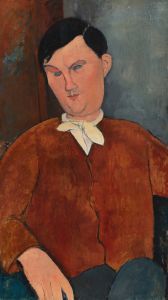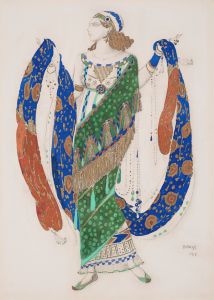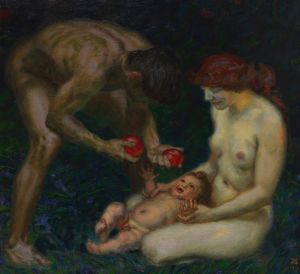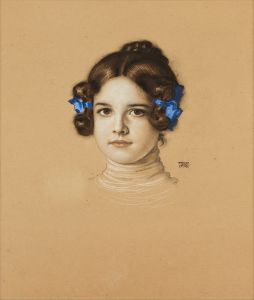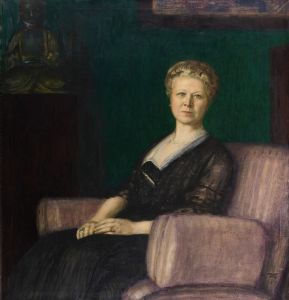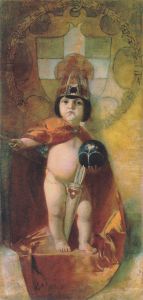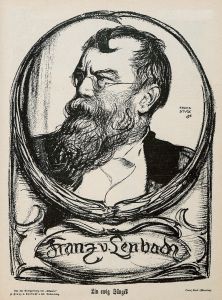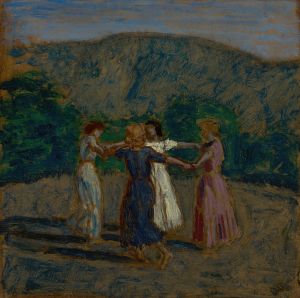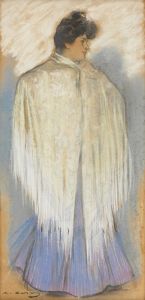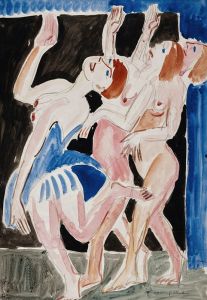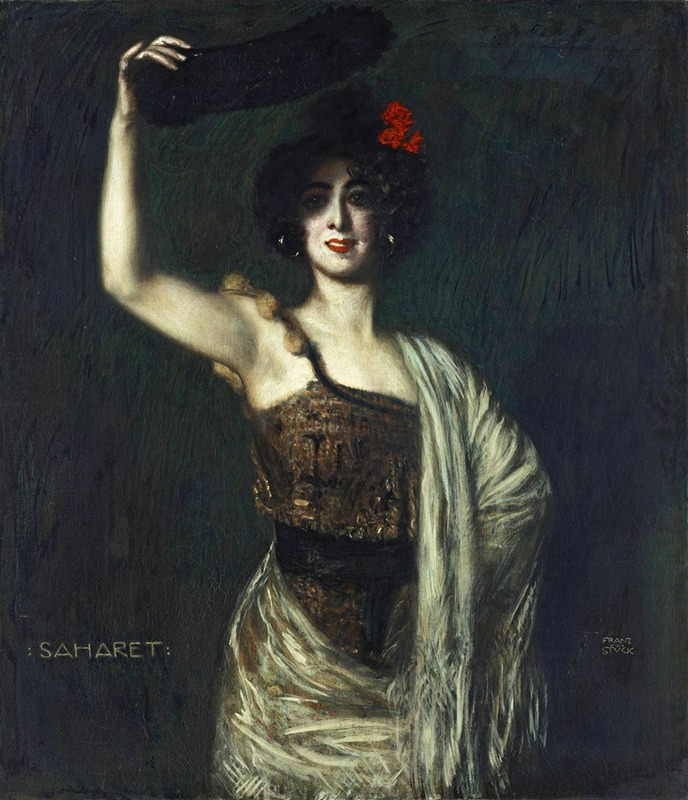
The Dancer Saharet
A hand-painted replica of Franz von Stuck’s masterpiece The Dancer Saharet, meticulously crafted by professional artists to capture the true essence of the original. Each piece is created with museum-quality canvas and rare mineral pigments, carefully painted by experienced artists with delicate brushstrokes and rich, layered colors to perfectly recreate the texture of the original artwork. Unlike machine-printed reproductions, this hand-painted version brings the painting to life, infused with the artist’s emotions and skill in every stroke. Whether for personal collection or home decoration, it instantly elevates the artistic atmosphere of any space.
"The Dancer Saharet" is a painting by the German artist Franz von Stuck, created in 1907. Franz von Stuck (1863-1928) was a prominent figure in the Munich Secession movement and is known for his symbolist and Art Nouveau works. He was a painter, sculptor, and architect, and his works often featured mythological and allegorical themes.
The painting depicts Saharet, a famous dancer of the late 19th and early 20th centuries. Saharet, whose real name was Clarissa Rose Campbell, was born in Melbourne, Australia, in 1878. She gained international fame for her performances in Europe and the United States, particularly for her energetic and expressive dance style. Saharet was celebrated for her ability to captivate audiences with her dynamic movements and charismatic stage presence.
In "The Dancer Saharet," von Stuck captures the essence of Saharet's vibrant personality and her dynamic dance style. The painting shows her in a striking pose, with one arm raised and the other extended, as if caught in mid-dance. Her costume is elaborate, featuring a flowing skirt and intricate details that highlight her movements. The background of the painting is relatively simple, which serves to emphasize the figure of Saharet and her dramatic pose.
Von Stuck's use of color and light in the painting is notable. He employs a rich palette, with deep reds and golds that create a sense of warmth and intensity. The lighting accentuates Saharet's form, casting shadows that add depth and dimension to the composition. The overall effect is one of movement and vitality, capturing the spirit of the dancer in a moment of performance.
"The Dancer Saharet" reflects von Stuck's interest in the human form and his ability to convey emotion and movement through his art. It is a testament to his skill as a painter and his ability to capture the essence of his subjects. The painting is also an example of the broader cultural fascination with dance and performance during the early 20th century, a time when dancers like Saharet were becoming international celebrities.
Today, "The Dancer Saharet" is part of the collection at the Städtische Galerie im Lenbachhaus in Munich, Germany. The Lenbachhaus is known for its extensive collection of works by artists of the Munich Secession and the Blue Rider group, and von Stuck's painting is an important part of this collection. The painting continues to be admired for its dynamic composition and its portrayal of one of the era's most famous dancers.
Franz von Stuck's "The Dancer Saharet" remains a significant work in the history of art, both for its artistic qualities and for its depiction of a cultural icon. It exemplifies von Stuck's mastery of form and his ability to capture the energy and emotion of his subjects, making it a lasting tribute to the art of dance and the legacy of Saharet.





